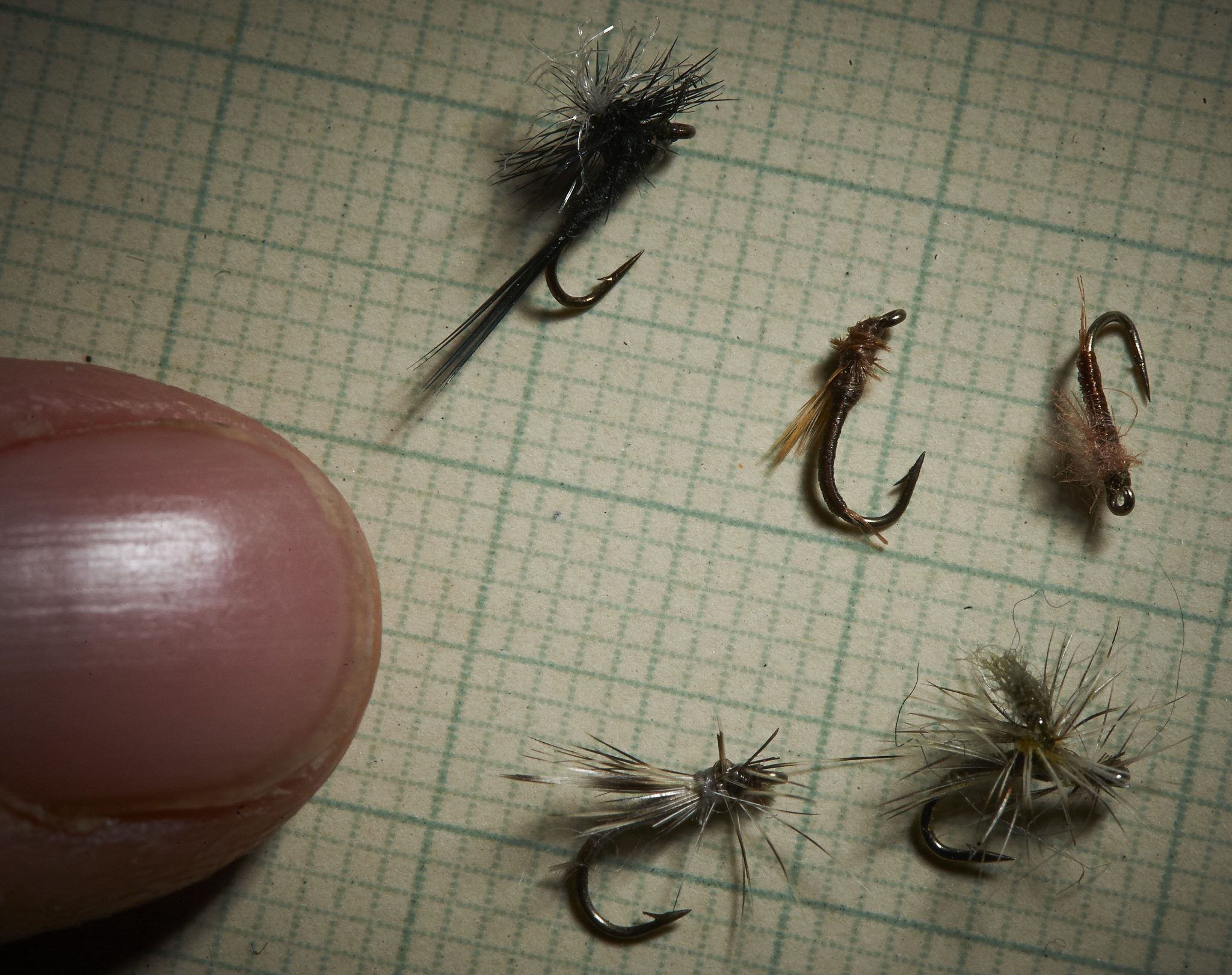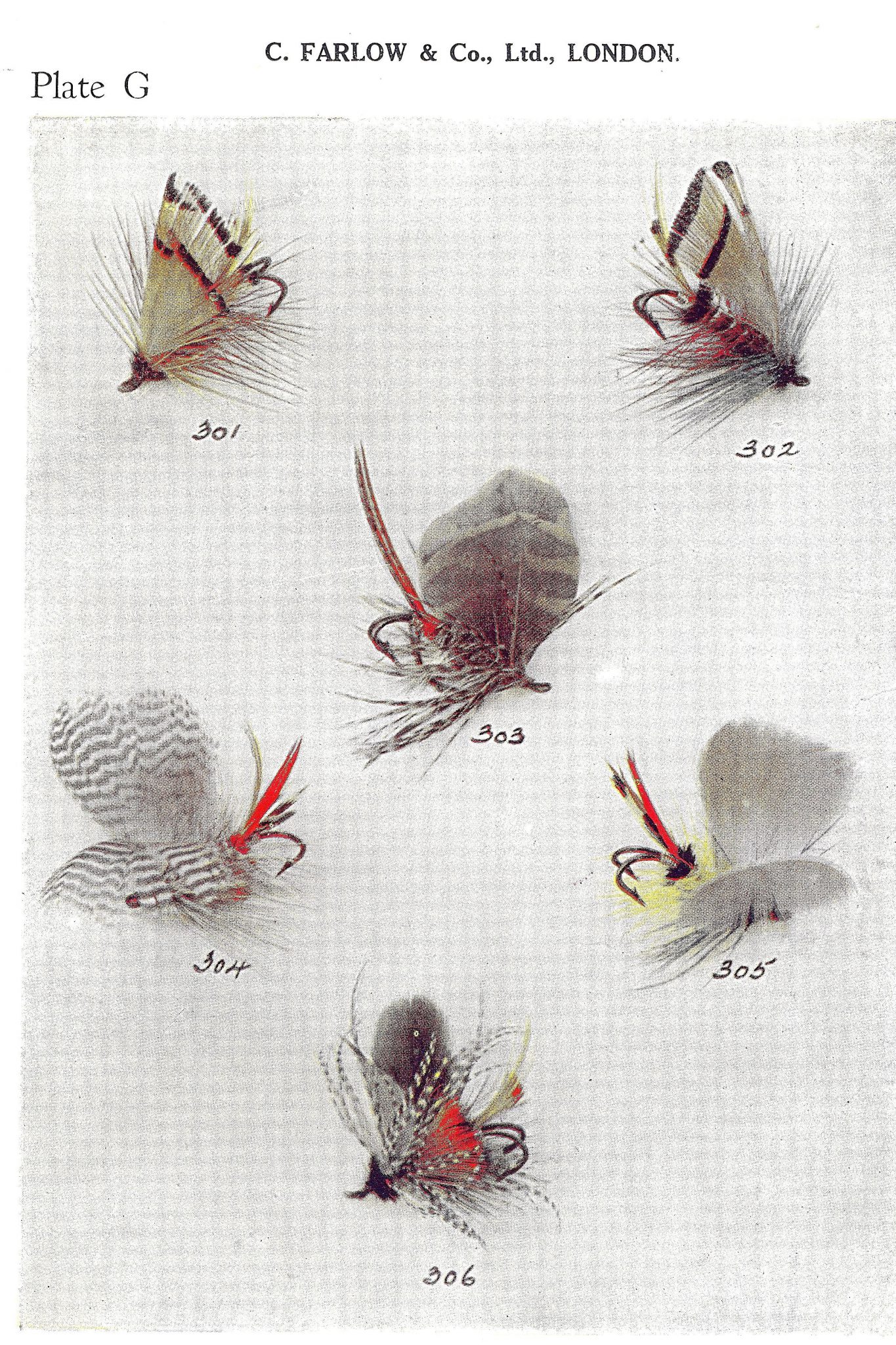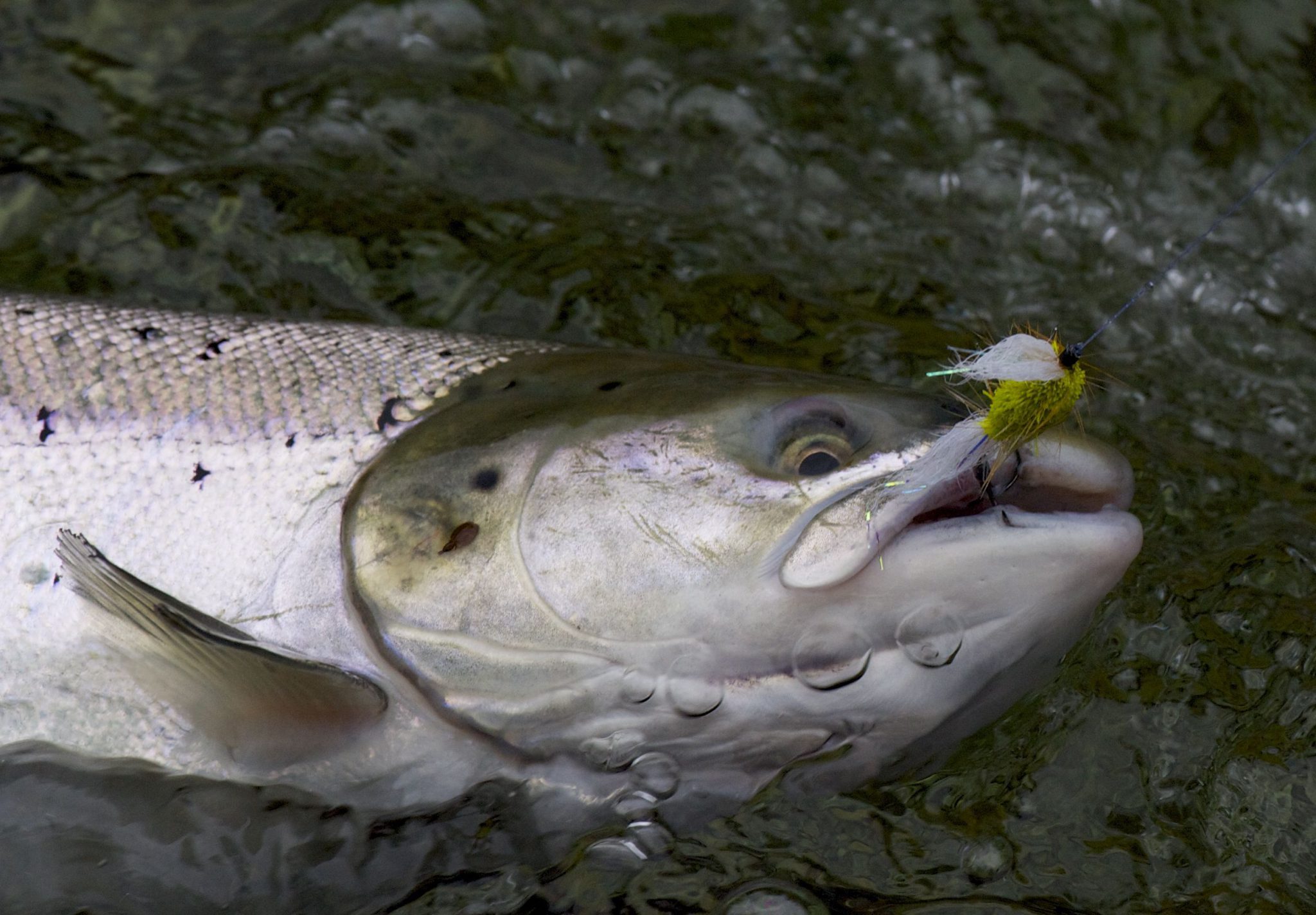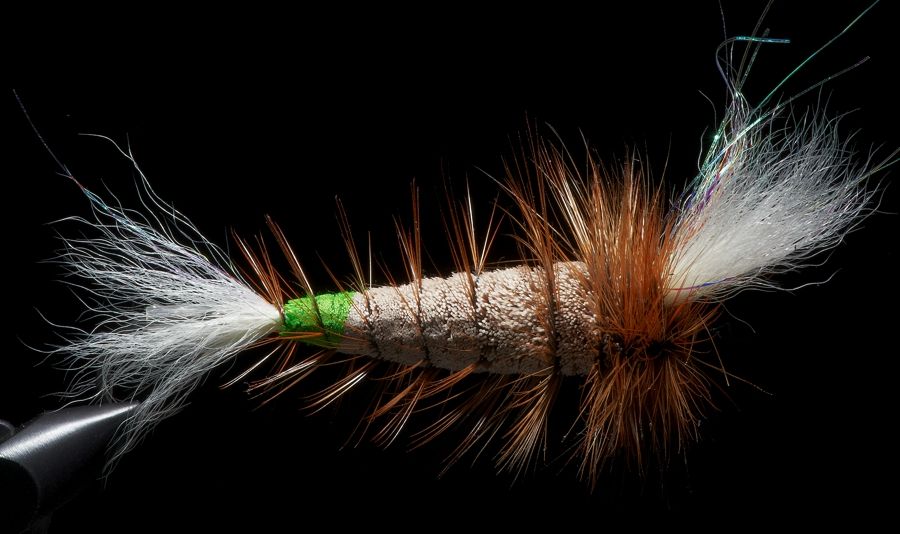Major J.R Fraser’s Dry Fly patterns 1910
The notion that dry fly fishing for salmon originated solely as a North American pursuit is a common belief perpetuated in the literature on salmon fishing. However, recent findings suggest this narrative may not encompass the entire truth. The first…
Salmon hitting dry fly
The Take: For the dry fly angler, the core of dry fly fishing lies in the take. The enthralling and hypnotic experience of seeing a fish coming to the surface to hit the fly can`t be matched by much. Some salmon will take the fly savagely wild and furiously fast; others will take their time, rise slowly, and finally suck the fly from the surface – Bigger salmon in the 10 – 15 kilo range will generally be slow starters. They will need a well-presented fly to allow them to work their way up to the surface. Working out the correct tactic is very much a matter of experience, and the angler will need to consider river depth and flow when presenting the fly. The eyesight of salmon is built to look for insects in a cone-shaped 45-degree angle upwards – If it finds interest in your drifting fly, it will start its rise with precision so it cuts right into the path of the fly when it is above it lies…. These things aren’t always specific terms, and salmon will sometimes act in unpredictable ways – Some can follow the fly closely for many meters downstream before grabbing it – Some fish will jump high out of the water and then grab the fly from above.
Killer Whisker A big Canadian salmon dry fly
We tie our Killer whisker on tube - We don't think big dry flies should be tied on hooks
Tying the Tube Killer Whisker
Killer Whisker tied on Tube : a more dense alternative to the Bomber salmon fly




